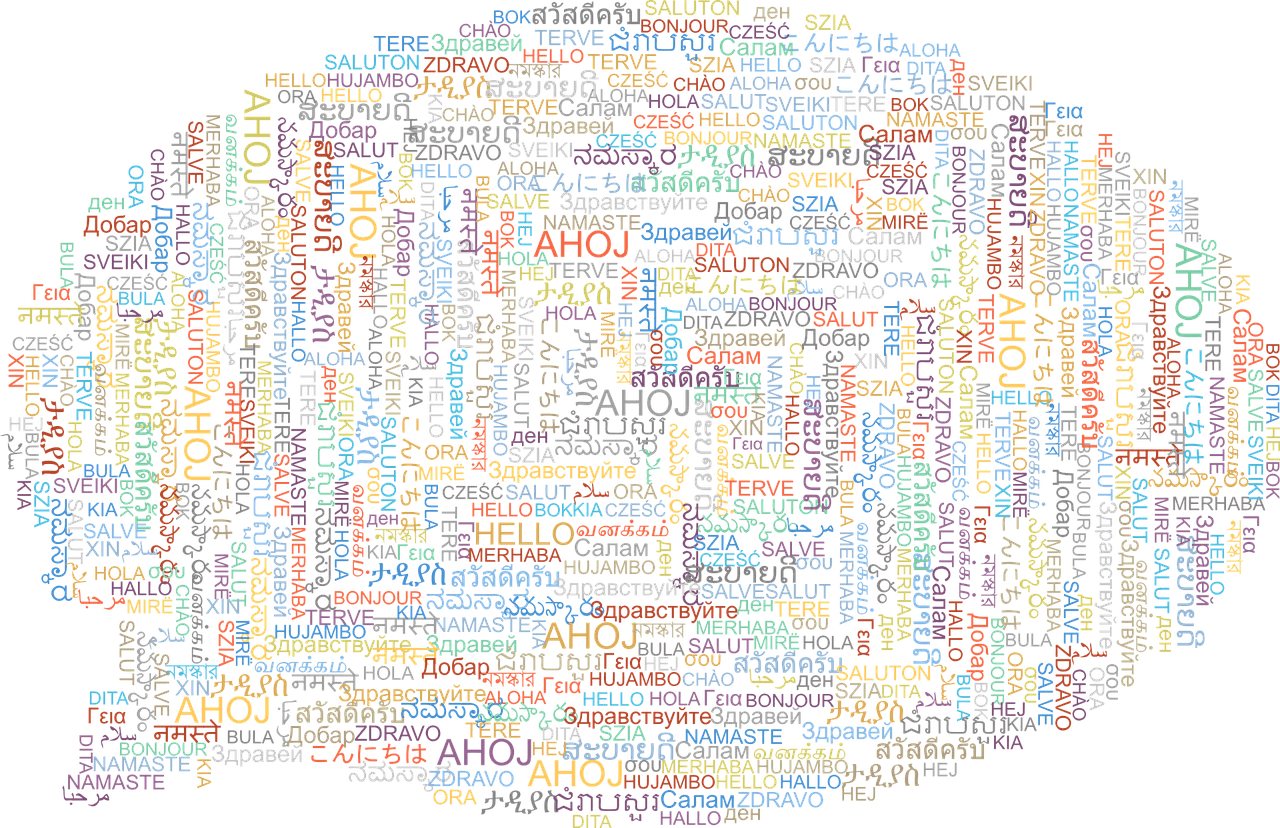Unleashing the Power of Multilingual Applications with Sentence Transformers

In today's interconnected world, the demand for multilingual applications is higher than ever. From global businesses to social media platforms, the need to communicate across languages efficiently is paramount. Traditional approaches to handling multilingual data often involve complex pipelines and language-specific models. However, with the advent of Sentence Transformers, a new era of multilingual application development has dawned.
Understanding Sentence Transformers
What are Sentence Transformers?
Sentence Transformers are a class of models designed to encode sentences into fixed-dimensional vectors while preserving their semantic meaning. These models utilize techniques like deep learning and attention mechanisms to learn dense representations of text, enabling various downstream tasks such as text classification, semantic similarity, and more.
How do Sentence Transformers Work?
- Pretrained Transformer Architecture: Sentence Transformers are typically based on Transformer architectures like BERT, RoBERTa, or DistilBERT.
- Fine-tuning on Specific Tasks: These models are pretrained on large corpora of text data and then fine-tuned on specific tasks, making them adaptable to a wide range of applications.
Versatility in Handling Multiple Languages
Cross-Lingual Capabilities
- Language-Agnostic Representation: Sentence Transformers can generate embeddings for text in multiple languages without requiring language-specific models.
- Cross-Lingual Similarity: By mapping sentences from different languages into a shared embedding space, Sentence Transformers facilitate cross-lingual similarity comparisons.
Transfer Learning for Multilingual Applications
- Transfer Learning Paradigm: Leveraging pretrained multilingual models, developers can transfer knowledge across languages for various tasks.
- Efficient Resource Utilization: Instead of training separate models for each language, Sentence Transformers enable efficient resource utilization by leveraging pretrained representations.
Applications of Multilingual Sentence Transformers
Translation
- Bidirectional Mapping: Sentence Transformers can encode sentences in one language and decode them into another, enabling bidirectional translation.
- Zero-Shot Translation: With multilingual embeddings, Sentence Transformers support zero-shot translation, where models translate between language pairs not seen during training.
Sentiment Analysis
- Multilingual Sentiment Analysis: By learning language-agnostic representations of sentiment, Sentence Transformers enable sentiment analysis across multiple languages.
- Cross-Lingual Sentiment Classification: Models fine-tuned on sentiment analysis tasks can classify sentiment in different languages accurately.
Information Retrieval
- Cross-Lingual Search: Sentence Transformers facilitate cross-lingual information retrieval by embedding queries and documents into a shared semantic space.
- Multilingual Document Ranking: Models trained on multilingual data can rank documents in search results across languages effectively.
Conclusion
Sentence Transformers have revolutionized the development of multilingual applications by offering versatile, language-agnostic text representations. From translation to sentiment analysis and information retrieval, these models empower developers to build robust, cross-lingual solutions with ease. As the field of natural language processing continues to evolve, Sentence Transformers will undoubtedly play a pivotal role in shaping the future of multilingual computing.
Consult us for free?
View More


